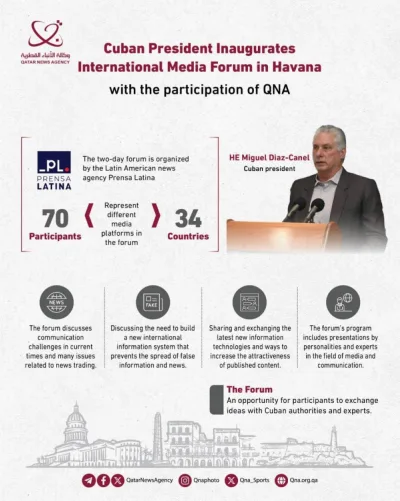AFP/Washington
Fourteen journalists killed covering the news in 2014 -- including two executed by Islamic State in Syria -- were recognized Monday by the Newseum, which added their names to its Washington journalists' memorial.
Among those honored were photojournalist James Foley, a freelancer who had reported for GlobalPost, Agence France-Presse and other outlets from Afghanistan, Libya and Syria, and Steven Sotloff, an American-Israeli journalist who had worked for Time and the Christian Science Monitor.
With the 14 names, the memorial will recognize a total of 2,271 reporters, photographers, broadcasters and news executives from around the world, dating back to 1837.
"It is right, and just, that we pause today in our busy lives to remember what these journalists did, and why they did it," Peter Prichard, chief executive officer of the Newseum, said at a ceremony at the news media museum.
Left their mark
John Foley, father of James Foley, said his son and Sotloff suffered "horrific deaths" but that John "left his mark as a wonderful human being attempting to defend our right to know, one person at a time."
For the first time in the Newseum's seven-year history in Washington, the "Today's Front Pages" exhibit was blacked out for the day to raise awareness of the threats journalists face.
Gene Policinski, chief operating officer of the Newseum Institute, said the memorial is a way to acknowledge the journalists' sacrifices.
"We are but the caretakers and guardians of this Memorial on behalf of those who ultimately require no such construct to confirm their courage and self-sacrifice," he said.
The 11 men and three women honored represent the more than 80 journalists who died while covering the news in 2014, according to the Newseum.
Keynote speaker Kathy Gannon of the Associated Press underscored the dangers faced by journalists as she recalled the death of the AP colleague Anja Niedringhaus, killed in an attack in Afghanistan that left Gannon injured.
"As journalists, we join this profession because we are curious. We who go off to conflict areas are satisfying that curiosity to understand the why and how of war, and most especially, the who of those caught in the middle -- the people," she said.
The other journalists recognized were Yusuf Ahmed Abukar of Radio Ergo and Mustaqbal Radio, killed in Somalia; Muftah Bu Zeid of Brnieq, killed in Libya; Simone Camilli of the Associated Press, killed in Gaza; Michel du Cille of The Washington Post, who died in Liberia; Rubylita Garcia of Remate and dwA, killed in the Philippines; Nils Horner of Sveriges Radio, killed in Afghanistan; freelancer Camille Lepage, killed in Central African Republic; Irshad Mastoi of Online International News Network and ARY News; killed in Pakistan; Pablo Medina of ABC Color, killed in Paraguay; and freelancer Luke Somers, killed in Yemen.
Foley was kidnapped in November 2012 in northern Syria.
Last year, militants from the so-called "Islamic State" triggered worldwide revulsion by releasing video footage of his murder, which they declared was to avenge US air strikes against their group.
Sotloff's horrific killing was shown in a video which emerged on just days after Foley was murdered in near-identical circumstances.

James Foley and Steven Sotloff

